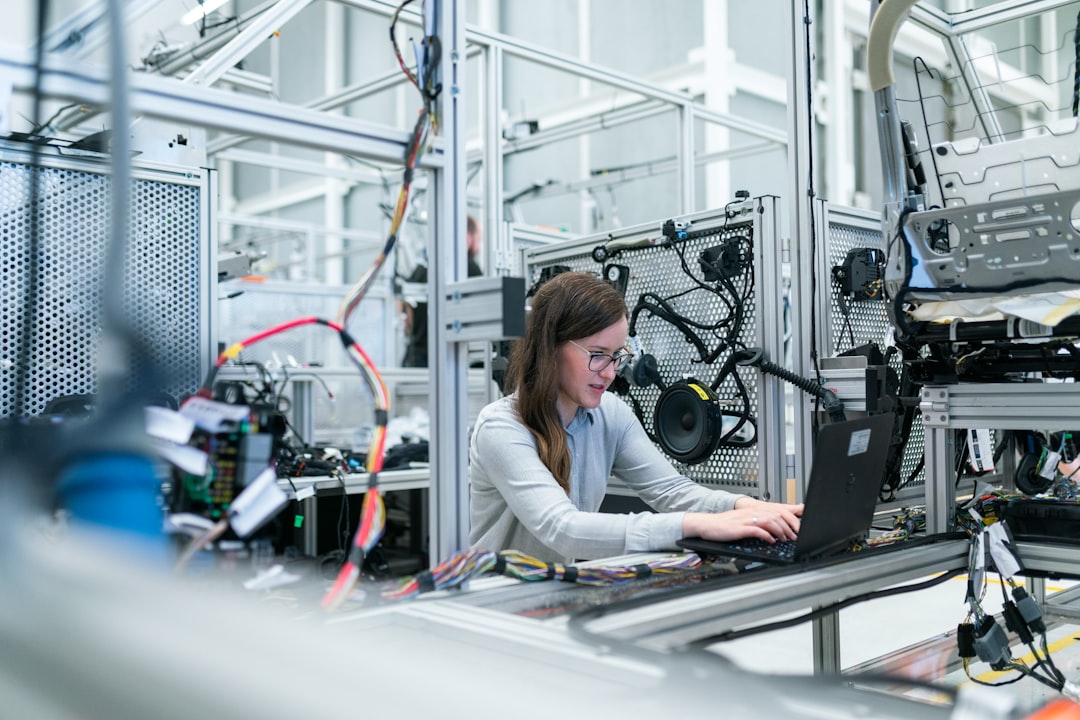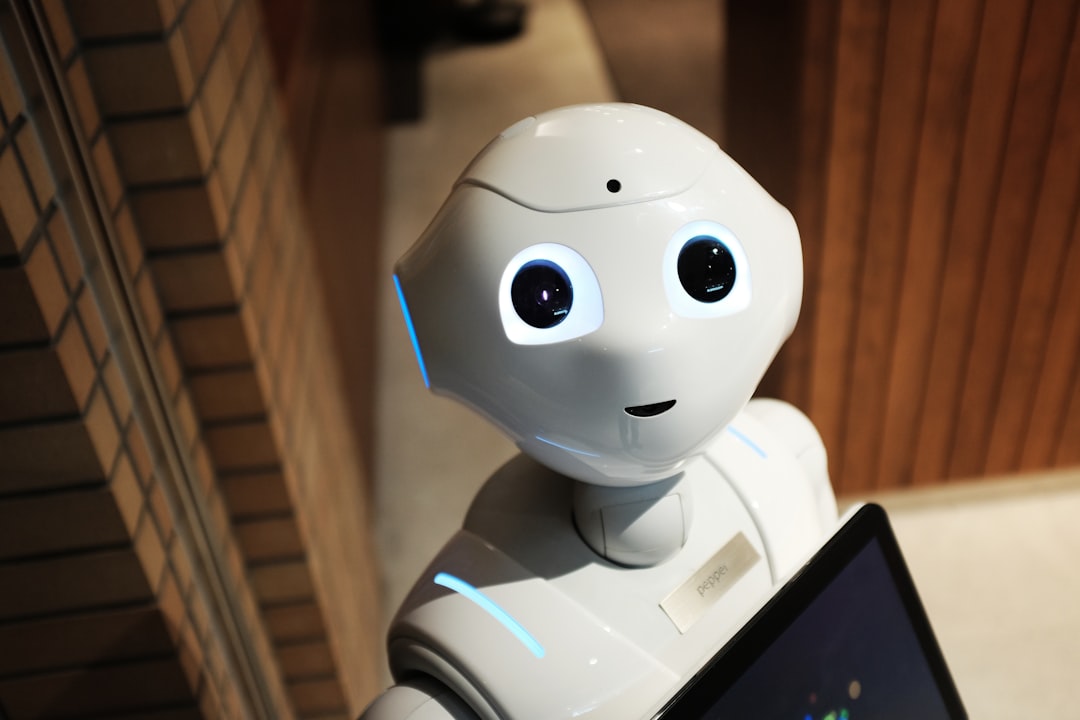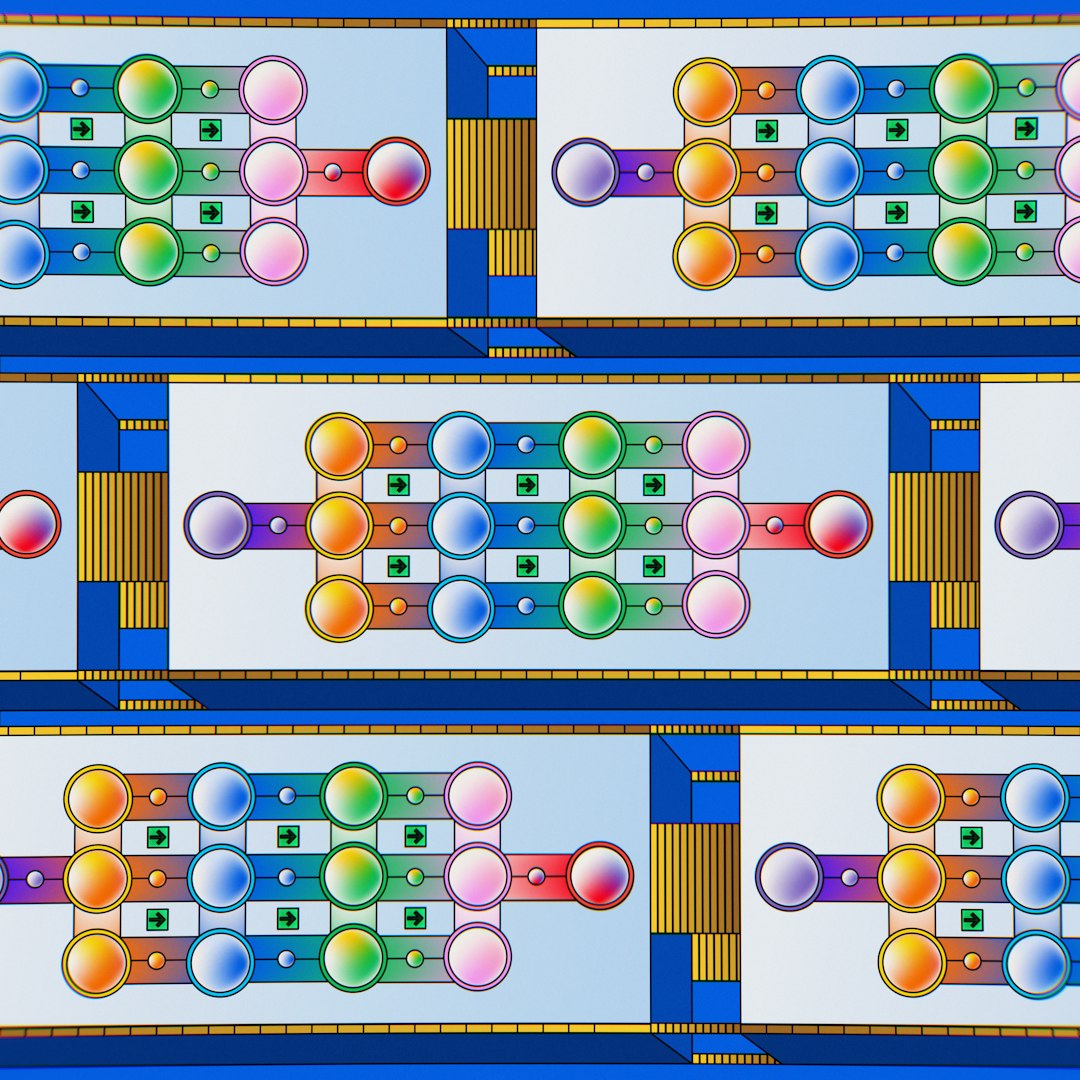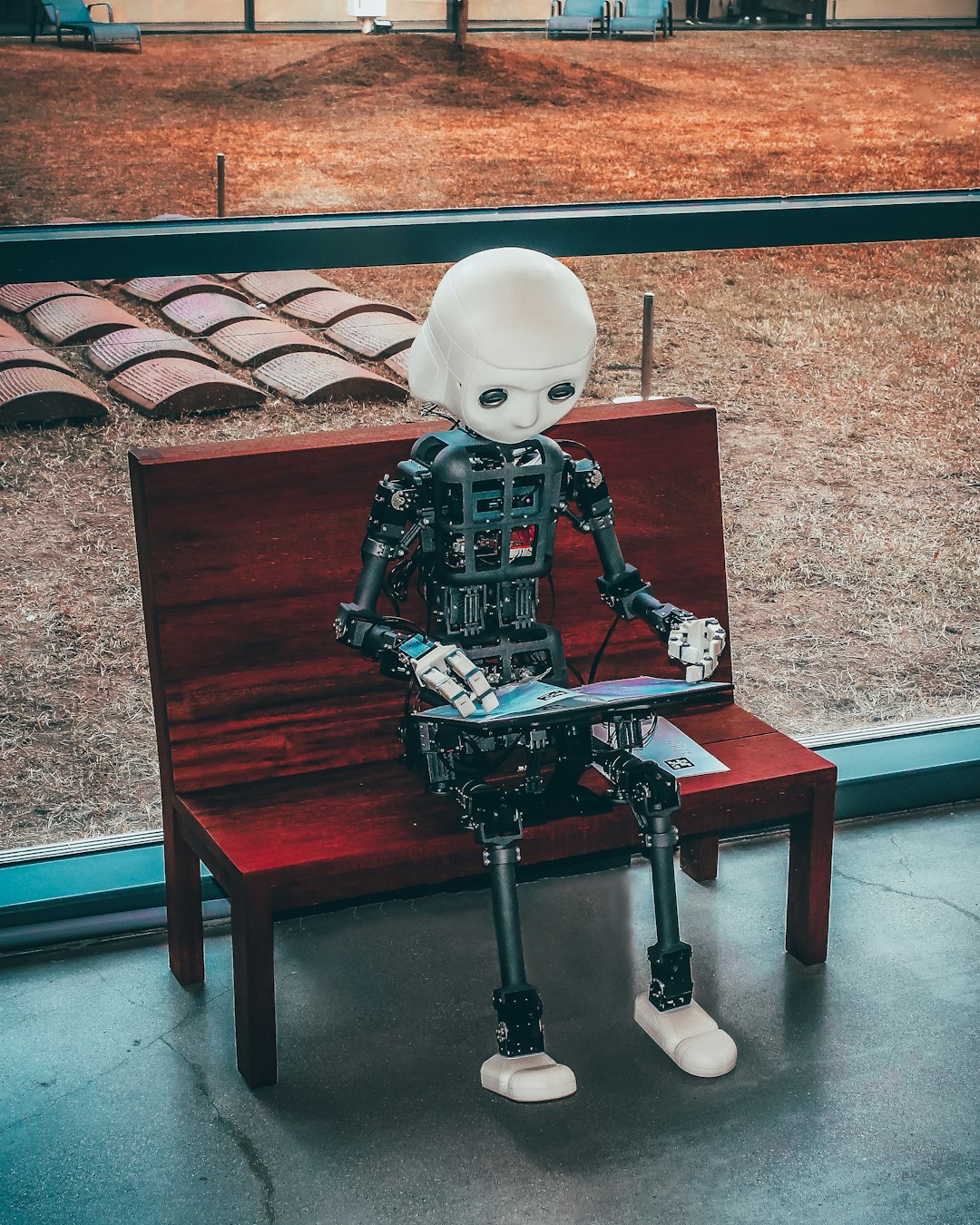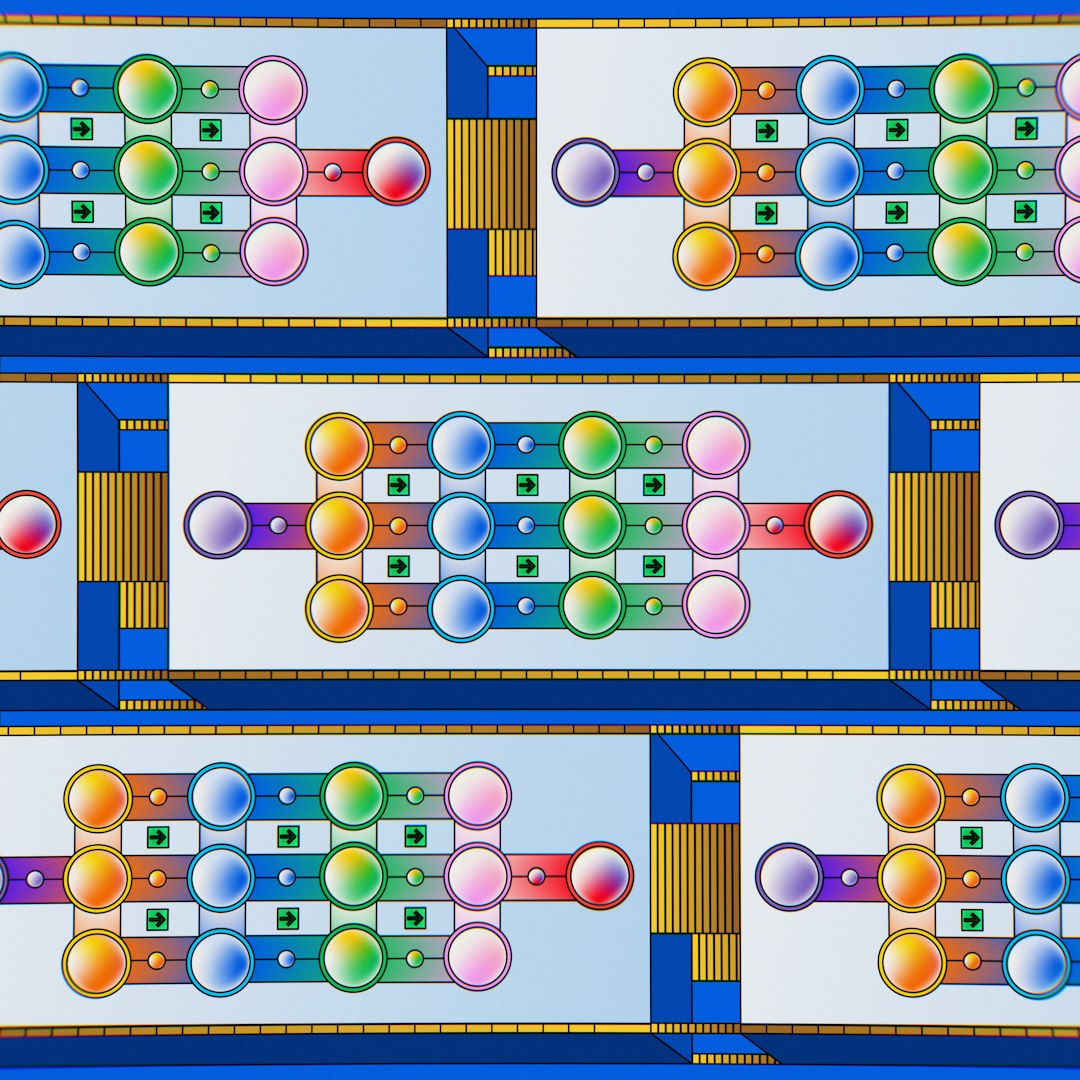Unlock encrypted content
Please enter your SSCE key to initiate on-the-fly decryption.
Decryption key: (Click cancel if you don't have the key)
Copied link to clipboard.
This feature is unavailable for free accounts. Upgrade now and enjoy all Premium benefits.
Go Premium!
This feature is unavailable for free accounts. Upgrade now and enjoy all Premium benefits.
Go Premium!
Please open this page in browser ( Google Chrome or Safari ) to use this feature.
Open In Browser
Why Cloud Storage is the Future of Data Management.
Random related video for this blog.
Copied share link to clipboard.
Cloud hosting, augmented reality, secure file sharing, and brain-computer interfaces may seem like concepts straight out of a science fiction movie, but they are becoming increasingly integrated into our daily lives. As technology continues to advance at an unprecedented pace, the need for efficient and secure data management has become more apparent than ever. In this article, we will explore the benefits of cloud storage over traditional methods such as network-attached storage (NAS) and delve into the fascinating world of edge computing, brain-computer interfaces, and generative adversarial networks (GANs).
Cloud Storage: The Backbone of Modern Data Management
Cloud storage has revolutionized the way we store, access, and share data. Unlike traditional methods that rely on physical hardware, cloud storage allows users to store their files and documents in remote data centers accessible from anywhere with an internet connection. This eliminates the need for physical storage devices and provides users with the flexibility to access their data on various devices seamlessly. One of the key advantages of cloud storage is its scalability. Whether you are an individual or a large organization, cloud storage providers like FileLu offer plans that can accommodate your storage needs. With premium plans ranging from 256 GB to a staggering 500 TB, and free plans from 10 GB to 250 GB, FileLu ensures that you have ample space to store your files without having to worry about running out of storage capacity. Another significant advantage of cloud storage is its robust security measures. FileLu, for instance, offers encryption file sharing, ensuring that your files are protected from unauthorized access. Additionally, data stored in the cloud is often replicated across multiple servers, providing redundancy and protection against data loss. This level of security is often difficult to achieve with traditional storage methods like NAS.The Rise of Edge
Computing and Its Implications Edge computing is an emerging trend that aims to bring computing power closer to the source of data generation. Unlike traditional cloud computing, where data is processed in centralized data centers, edge computing distributes data processing to the edge of the network, closer to where the data is generated. This has significant implications for applications that require real-time processing, such as augmented reality (AR) and virtual reality (VR). In the context of AR and VR, edge computing enables the seamless integration of virtual content with the real world. By processing data closer to the user's device, edge computing reduces latency, ensuring a smooth and immersive experience. For example, when using AR glasses to overlay digital information onto the physical environment, edge computing can process the visual data in real-time, allowing for instant and accurate augmentation.
Exploring the Boundaries of Human-Machine Interaction
The concept of uploading the human brain or memory to cloud storage might sound like something out of a sci-fi movie, but recent advancements in brain-computer interfaces (BCIs) have brought us closer to this possibility. BCIs establish a direct communication pathway between the brain and an external device, enabling users to control computers, prosthetics, and even interact with virtual environments using their thoughts alone. In the realm of healthcare, BCIs hold immense potential. They can provide a lifeline for individuals with severe motor disabilities, allowing them to regain control over their environment. For example, a person with paralysis can use a BCI to control a robotic arm, enabling them to perform everyday tasks like eating or writing. With the integration of cloud storage, the possibilities expand even further. BCIs could potentially allow for the transfer of memories or experiences to cloud storage, creating a digital repository of human knowledge and experiences.Conclusion
Cloud storage has emerged as a game-changer in the world of data management. Its scalability, security, and accessibility make it a superior choice over traditional storage methods like NAS. Additionally, the rise of edge computing and the development of brain-computer interfaces have opened up new frontiers in human-machine interaction and data processing. As technology continues to evolve, the integration of cloud storage with emerging technologies like augmented reality, virtual reality, and brain-computer interfaces will undoubtedly shape the future of data management.Frequently Asked Questions (FAQs)
Question: What is the difference between cloud storage and NAS? Answer:
Cloud storage allows you to store and access your files remotely, while NAS relies on physical hardware connected to a local network. Cloud storage offers greater scalability, accessibility, and security compared to NAS.
Question: How does edge computing enhance augmented reality? Answer:
Edge computing reduces latency by processing data closer to the user's device, resulting in a smoother and more immersive augmented reality experience. This allows for real-time processing of visual data, enabling instant and accurate augmentation.
Question: What are brain-computer interfaces (BCIs) used for? Answer:
BCIs establish a direct communication pathway between the brain and an external device, enabling users to control computers, prosthetics, and interact with virtual environments using their thoughts alone. They have the potential to revolutionize healthcare and enhance human-machine interaction.
Case Studies: 1. Company X: Using cloud storage, Company X was able to securely store and share sensitive documents across its global offices, improving collaboration and efficiency. 2. Research Institute Y: By utilizing edge computing, Research Institute Y achieved real-time analysis of complex data sets, enabling faster and more accurate results in their research projects. 3. Individual Z: With the help of a brain-computer interface and cloud storage, Individual Z was able to regain control over their environment, performing tasks that were previously impossible due to severe motor disabilities.
By Amelia Isabella.
Email: [email protected]
Related
Cloud Storage Reliability: A Game-Changer in Data Management and Collaboration.
June 18, 2023
Read More
Dystopian Futures: Exploring the Potential of Cognitive Computing and Artificial...
June 18, 2023
Read More
Popular
The Future of Digital Transformation: Exploring Smart Homes, Efficient File...
November 30, 2025
Read More
Latest
The Future of Digital Transformation: Exploring Smart Homes, Efficient File...
November 30, 2025
Read More
Exploring the Benefits of Cloud Storage and Innovative Technologies in...
November 26, 2025
Read More
The Future of Technology: Exploring Biohacking, Space Tourism, and Digital...
November 23, 2025
Read More
The Future of File Sharing: Streamlined Workflows for Photographers and...
November 19, 2025
Read More
Exploring the Intersection of Technology: From Cybersecurity to Augmented Reality...
November 16, 2025
Read More
The Future of File Management: Embracing Edge Computing and Efficient...
November 12, 2025
Read More
The Future of File Sharing: Exploring User-Friendly Solutions and Data...
November 5, 2025
Read More
The Future of Cloud Storage: How FileLu Empowers Creative Professionals...
November 2, 2025
Read More
The Future of Autonomous Technologies: Innovations in Robotics, File Sharing,...
October 29, 2025
Read More
Emerging Technologies Revolutionizing File Management: From Li-Fi to Robust Collaboration...
October 26, 2025
Read More
Emerging Technologies: Exploring the Impact of File Access Auditing, Genetic...
October 19, 2025
Read More
The Future of Data Storage: Exploring Advanced Encryption, Mobile Integration,...
October 5, 2025
Read More
Exploring the Future of Data Management: Security, Efficiency, and Cognitive...
September 28, 2025
Read More
Revolutionizing Data Management: Innovations in Storage, Security, and Sustainable Technology.
September 24, 2025
Read More


